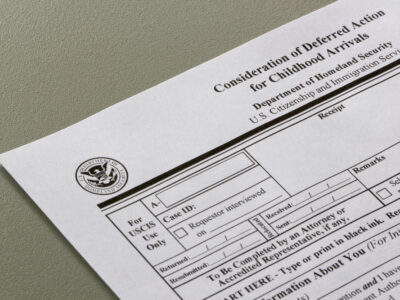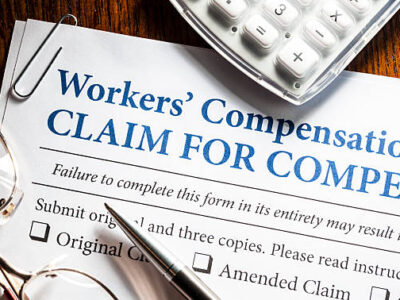An unsafe working environment can put you at serious risk, and that is something you naturally want to avoid. And reporting that unsafe work environment properly is most important, so you can work with the right people to get it corrected as quickly as possible. Want to sue for unsafe working conditions? The Occupational Safety and Health Administration (OSHA) is the legal entity that enforces safety in work environments.
If letting your employer know about the problem is not enough to get it corrected right away, reaching out to OSHA or another agency may be needed. While most safety violations in the workplace do fall under OSHA guidelines, that is not true of every violation where worker safety can be affected. Here is what to consider when you report dangerous working conditions, so you can solve the problem and continue to protect your rights.
Make Your Employer Aware of the Unsafe Working Environment
First, you want to make sure your employer knows about the unsafe conditions in the workplace. It is possible that they have never been aware of the hazardous working conditions, and they would have them fixed quickly if they were brought to their attention. Talking to your coworkers and union representatives is also important because these can be fast and simple ways to solve the problem.
Many workplace safety issues are misunderstandings, or maintenance and repair issues that are not created due to deliberate employer negligence. Bringing these issues to your employer’s attention provides the opportunity to fix the problem and restore a safe environment.
Let OSHA Know About the Safety Violation
If your employer is not receptive to correcting the problem, or if they fail to see the issue or dismiss your concerns, who to call about unsafe work conditions? OSHA. Your report will be anonymous, so your employer will not know it was you. However, if you have been vocal about the problem with your employer, they may assume you were the reporting party.
Any problem that falls under OSHA’s jurisdiction is one the agency can investigate to determine if there is a workplace safety violation. Once you sue for unsafe working conditions, your employer will be required to correct anything that contributes to the unsafe work environment. There is also the potential for fines and other penalties, depending on the severity of the condition.
Working With Another Agency May be Necessary
Some workplace issues do not fall under OSHA guidelines, but that does not mean they are not safety concerns. If OSHA is not the right agency to handle your complaint, they can advise you as to which agency you should be in contact with for support. Then you can pursue a safe and secure environment for yourself and your coworkers.
Are you being exposed to an unsafe working environment? If you are being forced to work in dangerous conditions or facing retaliation for reporting those conditions, you may need the legal representation of an unsafe work conditions lawyer. Reach out to us at Hussain & Gutierrez today, and get the legal support and information you need for your workplace safety concerns.



